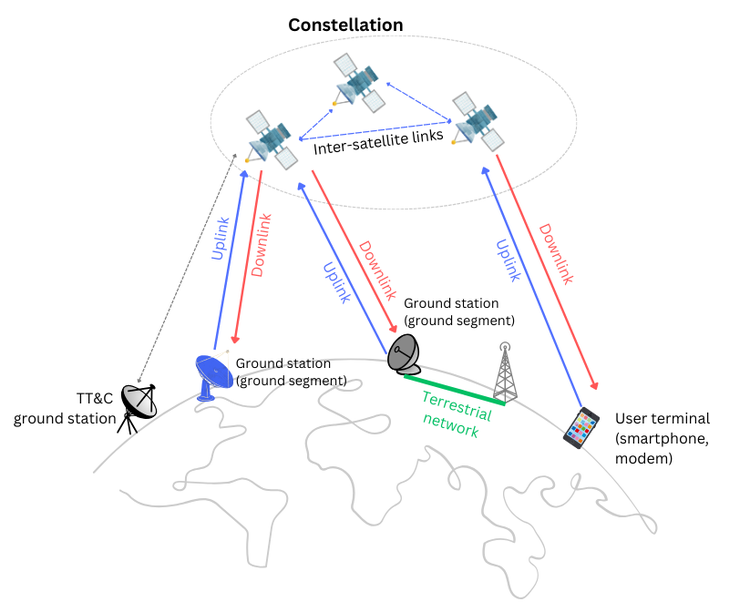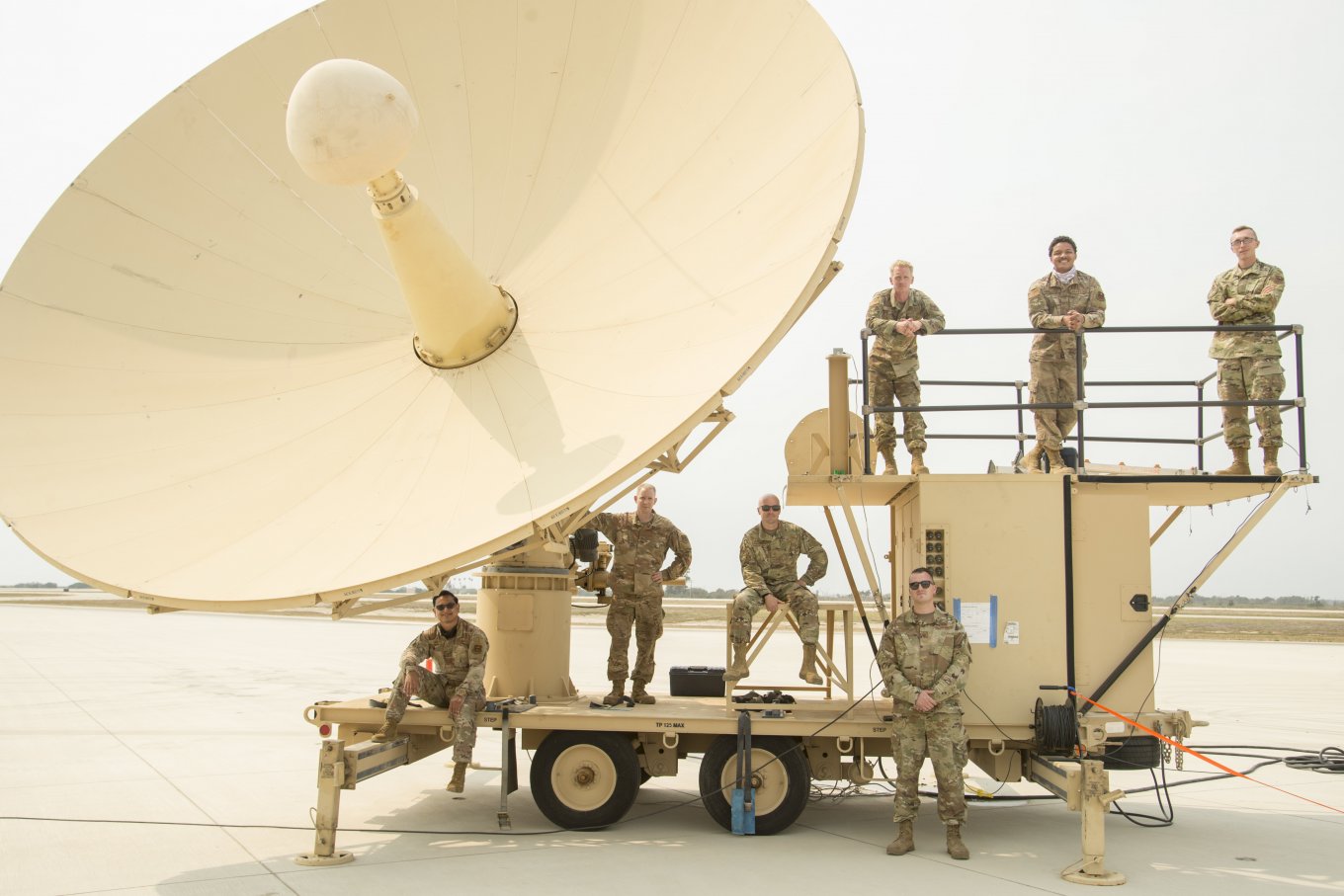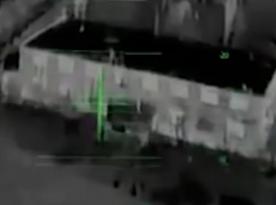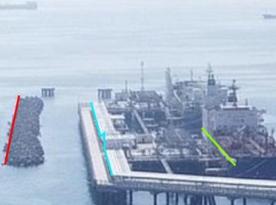An image of an unfamiliar antenna in Ukrainian service appeared on social media. Visually, it does not match any of the commonly used SATCOM systems operated by either Ukrainian or russian forces.
The photo first appeared in an interview with Colonel Ivan Pavlenko, head of the Main Directorate for Electronic and Cyber Warfare of the Armed Forces of Ukraine, published by Novynarnia. Analysts from TyskNIP noted a striking resemblance between this antenna and the SATCOM unit used in the RD-2A Mission Control Element — the U.S. ground gateway that supports command and communication links with the RQ-4 Global Hawk.
Read more: British to Begin Producing a Ukrainian Anti-Aircraft Drones in November: Fast Timelines and a Unique Partnership

At first glance, the two look almost identical. However, before jumping to conclusions, it's worth considering how satellite communications actually work.
In short, SATCOM data flow from a terminal to a satellite, then to ground gateway stations, and finally — often via fiber — to their destination. These ground gateways vary in size from large fixed installations to compact mobile antennas.

The unit seen in Ukraine most likely represents a tri-band SATCOM subsystem — a mobile gateway type widely used by U.S. forces since the 1990s for command post and headquarters communications. In other words, it resembles a general-purpose SATCOM gateway rather than a dedicated Global Hawk control antenna.

Similar mobile gateways are routinely used by the U.S. military to support SATCOM links for a range of UAVs equipped with satellite terminals, including the RQ-4 Global Hawk, MQ-1 Predator, and MQ-9 Reaper. Importantly, however, the presence of such a gateway does not prove that a Global Hawk Mission Control Element (MCE) is operating in Ukraine.

A gateway station merely provides network connectivity. In Ukraine, large fixed gateways are unlikely — and if they existed, they would be prime targets. Instead, data from satellites are likely routed through gateways elsewhere in Europe, then delivered to Ukrainian command centers via fiber. This increases latency and reduces operational security. Mobile gateway stations like the one in the photo therefore make practical sense as temporary or supplementary nodes inside Ukraine.
If the photographed system is indeed a Tri-band SATCOM subsystem, it can operate in the C, X, and Ku bands using both military and commercial satellites. It is not designed to maintain stable links with low-Earth-orbit constellations such as Starlink, which require different terminals and communication protocols. Tri-band gateways, by contrast, work with geostationary satellites that remain fixed relative to the ground.

In summary, the antenna shown in the image most likely serves as a mobile SATCOM gateway supporting communications networks — not a Global Hawk control element. However, it could be used to facilitate satellite links for other UAVs or connect Ukrainian command centers to SATCOM networks.
One additional detail: the original Novynarnia post described the photo as showing a "satellite communications jamming station." Colonel Pavlenko also hinted that Ukraine is advancing its capabilities in the space and electronic warfare (EW) domains. This opens another possibility — that some systems of this type are used not only for SATCOM access, but also for jamming or disrupting satellite communications in geostationary orbit.
This is not without precedent. The U.S. Space Force has deployed demonstrator systems for counter-satellite electronic warfare, such as the Meadowlands CCS, which has a similar footprint to the antenna seen in Ukraine.
Read more: Ukraine's Only BREM-84 Atlet Keeps Working — the Rare Recovery Vehicle Born from the Oplot Tank, but What's Next?














